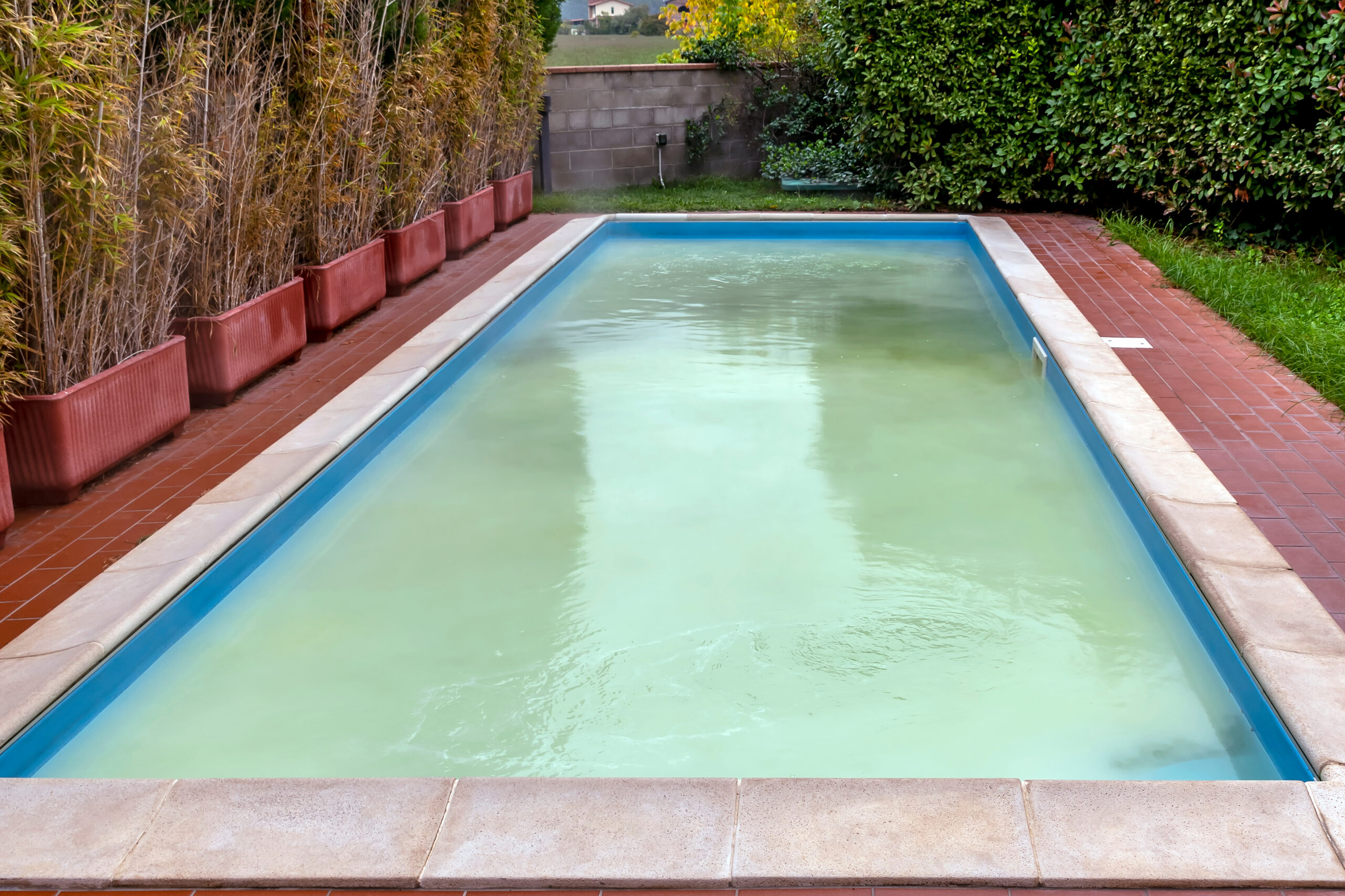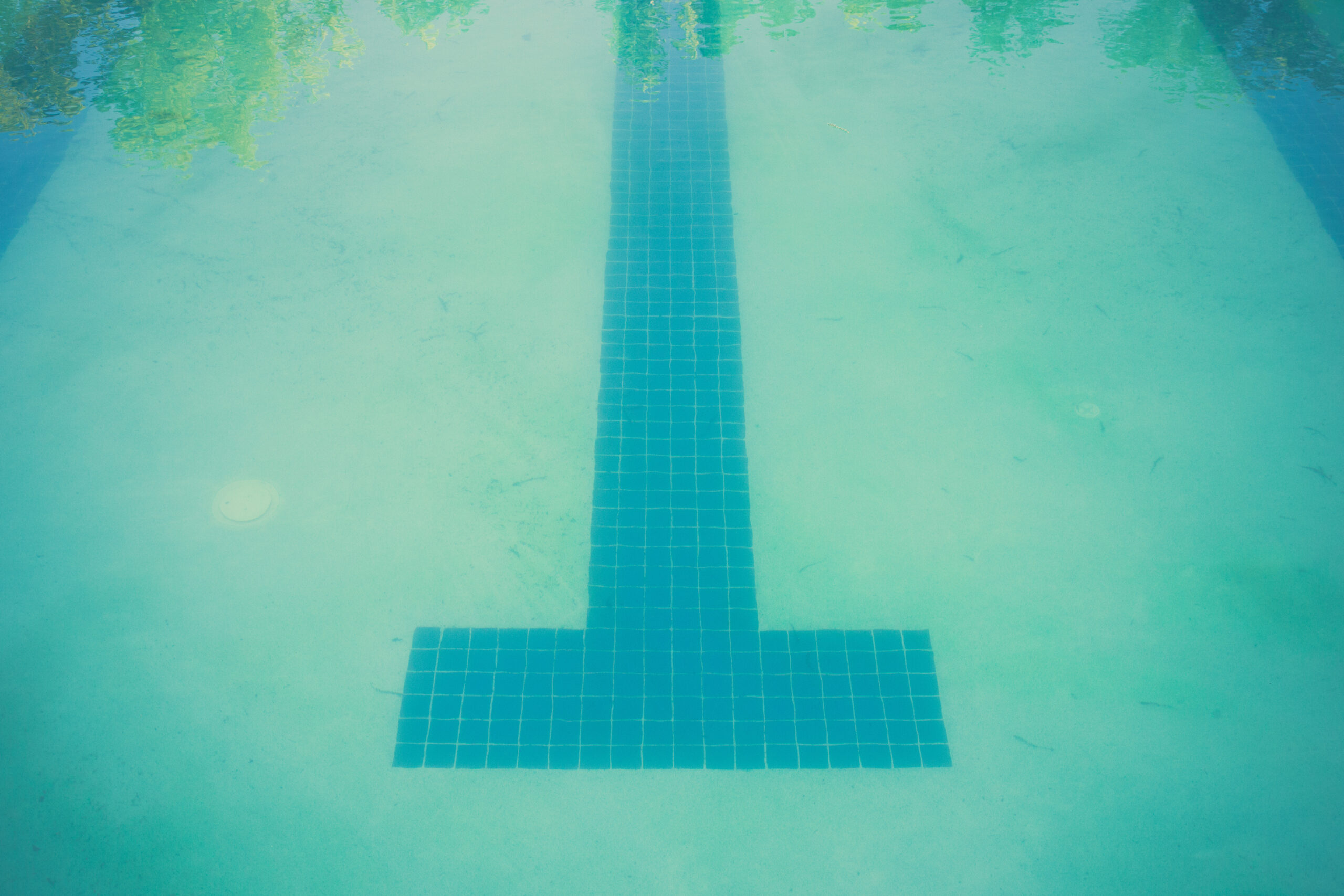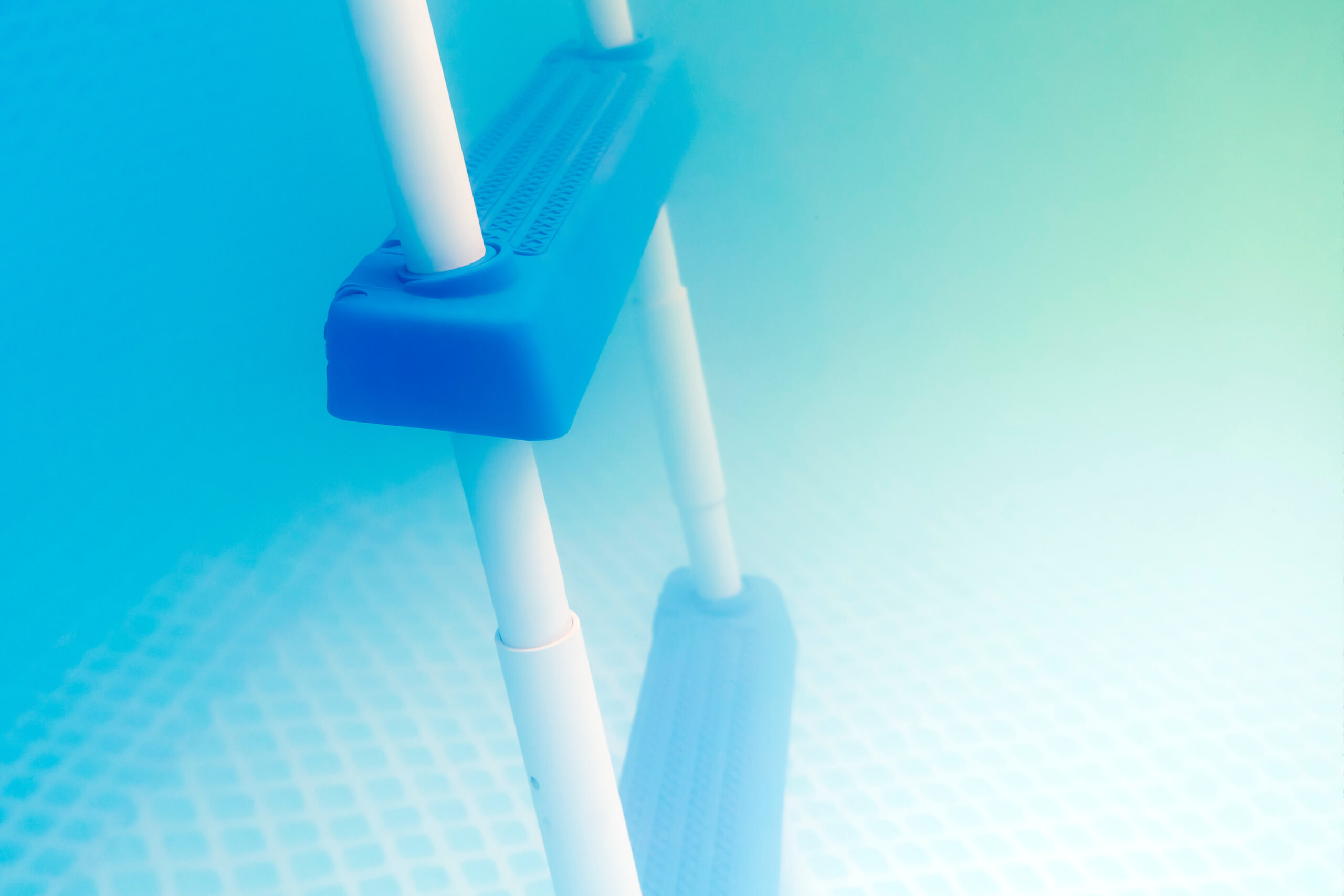Cloudy pool water is a common problem for pool owners, but it can be frustrating and a little tricky to deal with if you’re not sure where to start. The good news is, clearing up a cloudy pool is usually a manageable task if you understand the possible causes and the steps you need to take to fix it. Here’s a breakdown of what might be going on and how you can get your pool water sparkling again.
What Causes Cloudy Pool Water?
Several factors can make your pool water cloudy, and it’s often a combination of them. Here are the main culprits:
- Poor Filtration: Your pool filter is responsible for removing debris and tiny particles from the water. If it’s not running long enough each day or isn’t functioning properly, dirt and other contaminants can build up and cause cloudiness.
- Imbalanced Chemicals: Pool chemistry is key to keeping the water clear. If your levels of chlorine, pH, or alkalinity are off, the water can easily turn cloudy. For instance, too little chlorine means algae and bacteria aren’t being killed off, leading to murky water.
- High Calcium Hardness: Water with too much calcium can form calcium deposits, which can make the pool appear hazy. This is more common in areas with hard water, but it can affect any pool if the calcium levels aren’t kept in check.
- Contaminants: Heavy use of the pool—whether from a large number of swimmers, sunscreen, or even environmental factors like pollen or dirt—can introduce contaminants that your pool may struggle to filter out quickly.

Steps to Clear Cloudy Pool Water
Once you’ve identified the potential cause, it’s time to take action. Here’s how to go about it.
1. Check and Clean Your Filter
First, make sure your pool filter is working properly. Depending on the type of filter (sand, cartridge, or diatomaceous earth), maintenance routines differ. Cartridge filters need to be cleaned regularly, sand filters might require backwashing, and diatomaceous earth filters need to be replenished. If your filter is clogged or dirty, it can’t effectively remove particles from the water, so this step is crucial.
You should also run the filter for a minimum of 8-12 hours per day, especially when the water is cloudy, to allow the filter enough time to circulate the water and remove particles.
2. Balance the Chemicals
Next, test the water using a pool testing kit or strips. Pay close attention to the chlorine, pH, and alkalinity levels. You want the chlorine to be at the right level (1-3 ppm for standard chlorine pools), pH between 7.2 and 7.6, and alkalinity between 80 and 120 ppm.
- If chlorine is too low, you may need to shock the pool by adding a higher dose of chlorine to kill off algae or bacteria.
- Adjust pH and alkalinity as needed using pH increaser or reducer, and an alkalinity increaser if necessary.
It’s important to retest the water after making adjustments, as one change can affect other levels.
3. Use a Pool Clarifier or Flocculant
If your filter is working and the chemicals are balanced but the water is still cloudy, a pool clarifier or flocculant might help.
- A pool clarifier works by binding small particles together so that your filter can catch them more easily. This is ideal if your water is only slightly cloudy, and you’re willing to give your filter time to do its job.
- A flocculant is stronger and causes particles to clump together and sink to the bottom of the pool. You’ll need to vacuum these out manually, but it’s a faster way to clear heavily clouded water.
Clarifiers take time to work (24 to 48 hours), while flocculants require immediate cleanup once the particles settle on the pool floor.

4. Vacuum and Brush the Pool
Don’t forget the physical cleaning part of pool maintenance. Use a pool vacuum to clean up debris that’s settled on the bottom. Brushing the walls and floor of the pool will also help loosen up any algae or dirt clinging to surfaces, making it easier for your filter to pick them up.
5. Check for High Calcium Levels
If calcium hardness is the issue, you may notice white flakes or a milky appearance in the water. Ideally, calcium hardness should be between 200 and 400 ppm. If it’s too high, you’ll need to partially drain the pool and refill it with fresh water to bring the calcium levels down. Some water conditioners can also help to lower hardness.
Preventing Future Cloudiness
Once your pool is clear again, the best way to keep it that way is regular maintenance. Here are a few tips:
- Run the filter daily for at least 8-12 hours during pool season.
- Test the water at least once a week and after heavy pool use to keep chemicals balanced.
- Clean the filter as recommended for your pool type.
- Keep an eye on calcium hardness if you live in an area with hard water, and make adjustments as needed.
- Consider using a clarifier periodically, especially after large gatherings or during times of heavy pollen.
A little attention and routine care can go a long way in preventing cloudy water and keeping your pool crystal clear all summer long. If you stay on top of these factors, you’ll spend more time enjoying your pool rather than troubleshooting problems.

